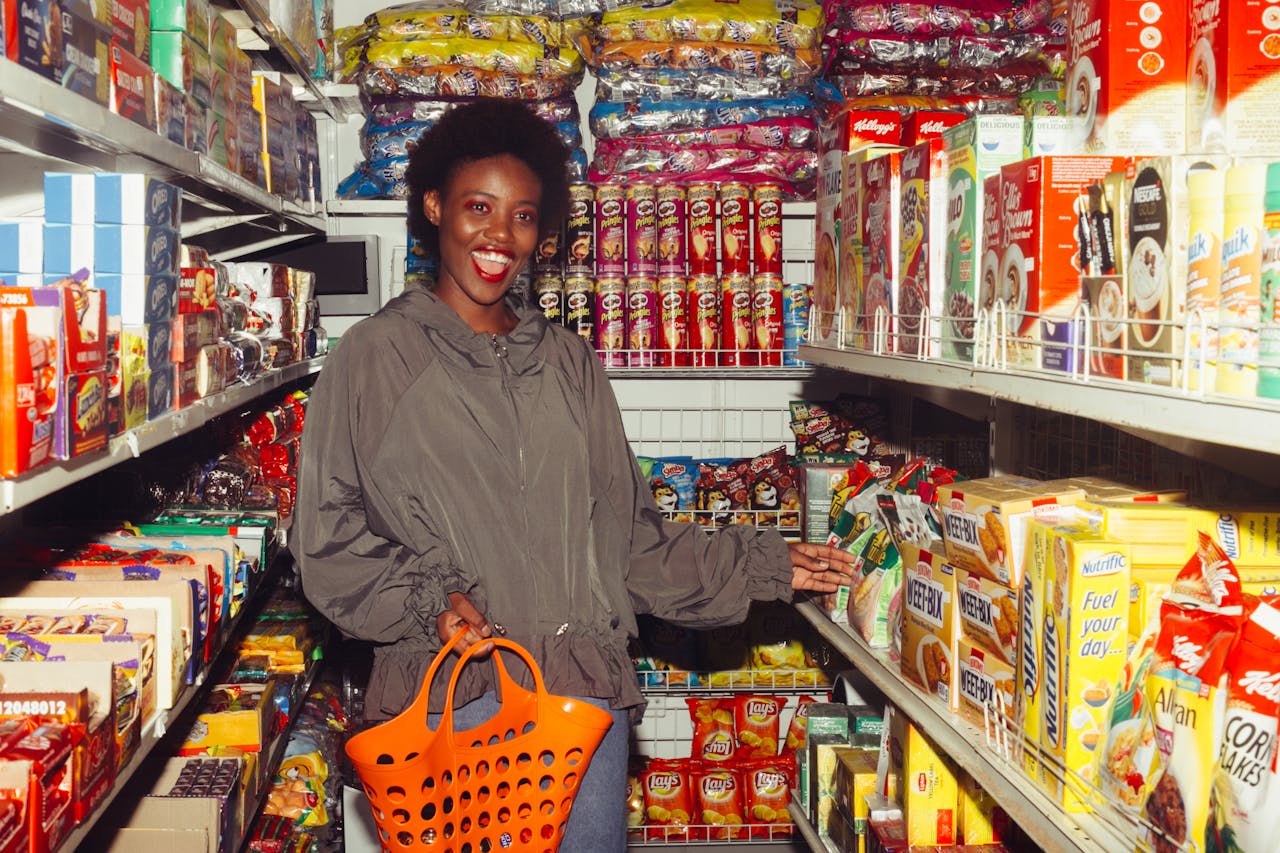
Have you ever wondered why certain products always seem to catch your eye at the grocery store while others are tucked away on lower shelves? The arrangement of items on grocery store shelves isn’t random. In fact, the way products are placed can have a big impact on what you buy and how much you spend. Understanding grocery store shelf placement can help you become a more informed shopper and even save money. If you’re hoping to make smarter choices during your next grocery run, it’s worth learning about the strategies behind those shelves. Let’s pull back the curtain and see if there really is a secret code behind grocery store shelf placement.
1. Eye-Level Is Prime Real Estate
One of the most important rules in grocery store shelf placement is the use of eye-level shelves. Products placed at eye level are the first ones you see, making you more likely to grab them. Grocery stores know this and often reserve these spots for brands willing to pay extra for prime placement. This strategy is called “slotting fees,” and it’s a common practice among large chains.
For shoppers, this means that the most visible products aren’t always the best deals or highest quality. Sometimes, the best value is just above or below eye level. If you want to save money, take the time to scan the entire shelf, not just what’s right in front of you.
2. Kids’ Favorites Go Low
Grocery store shelf placement isn’t just about adults. Stores know that kids have a big influence on family purchases. That’s why you’ll often find sugary cereals, colorful snacks, and character-branded treats on the lower shelves. These spots are right at a child’s eye level, making it easy for them to spot their favorites and ask their parents to buy them.
This tactic is used throughout the store, from breakfast aisles to checkout lanes. Being aware of this can help parents steer clear of impulse buys and encourage healthier choices for their families.
3. Store Brands Typically Sit Below
Ever noticed that store brands and generic products are often placed on the lower shelves? This is another example of grocery store shelf placement at work. Name brands usually pay for better spots, while store brands take the less desirable locations. Even though these products might not be at eye level, they often offer better value and similar quality.
If you’re looking to stretch your grocery budget, don’t forget to check the bottom shelves. You might be surprised by the savings and quality you find there.
4. High-Margin Items Get the Spotlight
Grocery stores are businesses, and they want to promote products with the highest profit margins. That’s why you’ll often see specialty items, gourmet snacks, and new products featured at the ends of aisles or in special displays. These locations, known as “endcaps,” are some of the most valuable spots in the store.
Endcaps are designed to catch your attention and encourage impulse buys. While these products might look tempting, they’re not always the best deal. Take a moment to compare prices and check the regular aisles before adding them to your cart.
5. Essentials Are Placed Far Apart
Another subtle trick in grocery store shelf placement is the distance between essential items. Staples like milk, bread, and eggs are usually located at opposite ends of the store. This forces shoppers to walk through multiple aisles, increasing the chances of picking up extra items along the way.
This layout is no accident—it’s a strategic move to boost sales. To avoid unnecessary spending, stick to your shopping list and try to avoid impulse purchases as you navigate the store.
6. Product Groupings Influence Choices
The way products are grouped together can also affect your buying decisions. Stores often place related items near each other—think chips next to salsa, or pasta beside tomato sauce. This encourages shoppers to buy more than they originally planned.
Understanding this aspect of grocery store shelf placement can help you stay focused and avoid adding unnecessary extras to your cart.
Why Shelf Placement Knowledge Pays Off
Learning about grocery store shelf placement can make a real difference in how you shop. By knowing these strategies, you can spot better deals, avoid marketing traps, and make choices that work for your budget. Whether you’re searching for bargains or just want to become a more thoughtful shopper, paying attention to shelf placement is a smart move.
What have you noticed about grocery store shelf placement during your own shopping trips? Share your experiences and tips in the comments below!
What to Read Next…
- How Grocery Store Layouts Influence Your Shopping Habits
- 10 Ways Supermarkets Influence Your Spending and How to Outsmart Them
- How Grocery Stores Entice You to Try New Products and How to Avoid Unnecessary Purchases
- 7 Common Items Grocery Stores Always Put in the Worst Spot
- 8 Grocery Store Tricks That Make You Spend on the Wrong Products
The post Is There A Secret Code Behind Grocery Store Shelf Placement appeared first on Grocery Coupon Guide.







